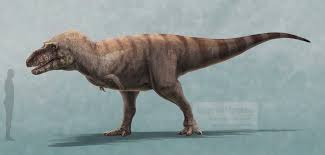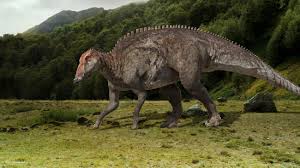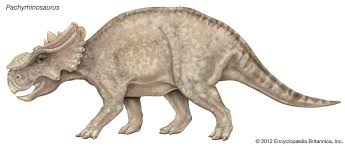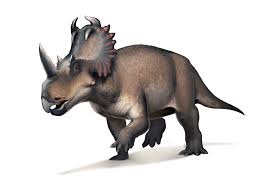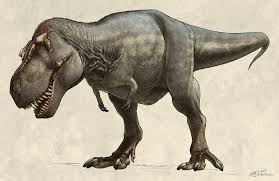Alberta Dinosaur
Click on a marker to see location details.
Dinosaur Locations
Which famous tyrannosaurid is named after the province of Alberta?
Geological Timeline
Late Cretaceous
100.5 - 66 million years ago
The final period of the Mesozoic Era. Alberta was home to a vast diversity of dinosaurs, including Tyrannosaurus Rex, Albertosaurus, Hadrosaurs, and Ceratopsians. Ended with the K-Pg extinction event.
Early Cretaceous
145 - 100.5 million years ago
Flowering plants appeared. Alberta's landscape continued to change. Dinosaur diversification continued, though fossil records from this time in Alberta are less abundant than the Late Cretaceous.
Jurassic
201.3 - 145 million years ago
The age of giant sauropods globally, though Jurassic dinosaur fossils are rare in Alberta. The landscape was vastly different, with early forms of conifers and ferns dominating.
Triassic
251.9 - 201.3 million years ago
The first dinosaurs appeared globally during this period. Fossil evidence from the Triassic in Alberta is scarce, representing early reptiles and amphibians.
Click the button below to open your default email client and send an email to: [email protected].
Send EmailPlease include your name and a clear subject line so we can respond effectively.
Fossil Hunting in Alberta
Legal Framework
Fossils found in Alberta are the property of the Crown (the province). It is illegal to excavate, remove, or sell fossils found on public land without proper permits. Surface collection (picking up loose fossils from the ground) is generally permitted on Crown land, but regulations vary.
Protected Areas
Collecting fossils of any kind (surface or excavated) is strictly prohibited within Provincial Parks (like Dinosaur Provincial Park), National Parks, and designated Protected Areas without specific research permits. Respect park boundaries and regulations.
Best Practices
- Look, Don't Dig: Focus on surface collecting where permitted. Avoid digging or disturbing the landscape.
- Document Finds: If you find a significant fossil, take photos, note the exact location (GPS coordinates if possible), and report it to the Royal Tyrrell Museum.
- Leave No Trace: Pack out everything you pack in. Stay on marked trails.
- Private Land: Always obtain permission from landowners before accessing or collecting on private property.
Disclaimer: This is a general guide. Always consult official Alberta government resources and the Royal Tyrrell Museum for the most current and detailed regulations before fossil hunting.
Alberta's Dinosaurs
Learn about some of the incredible dinosaurs discovered in Alberta.
